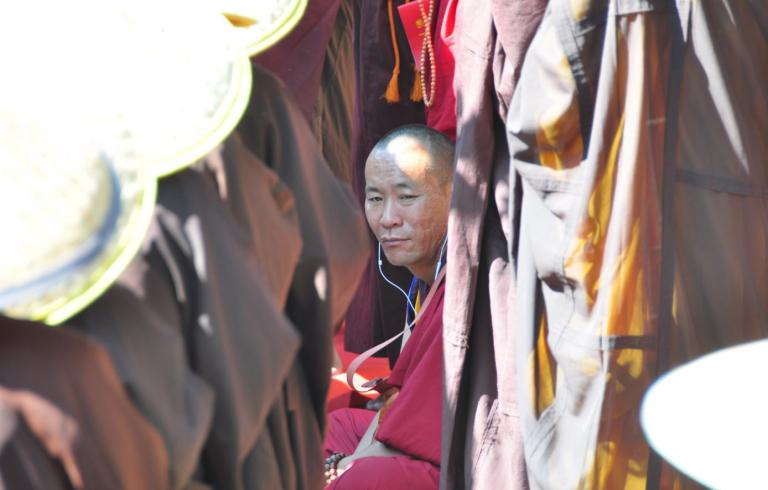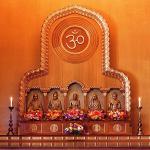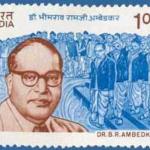Seth Zuiho Segall has a lengthy and thoughtful piece in the latest Tricycle Magazine, titled, “A More Enlightened Way of Being.” The topic is ethics, specifically Buddhist ethics in the contemporary world.
Segall’s writing is wide-reaching and wonderfully fluid. He mentions Aristotle, Kant, Hume, Kierkegaard, and other luminaries of the West. He also surveys the long history of Buddhism and its developments and encounters with Bon (Tibet), Daoism (China) and Kami worship (Japan).

Buddhism Today
The central thesis is that today in modern Western culture, Buddhism’s predominant encounter is with materialism and naturalism. This is leading to 1) skepticism about metaphysical doctrines such as rebirth and, 2) a quest for happiness, which Segall traces to Aristotle’s concept of eudaimonia (literally “good-soul-ness”). The result, a “more enlightened way of being”, is “a melding of Aristotelian practical judgment with Buddhist mindfulness and discernment“ which:
requires that when we decide to cause a certain degree of harm in the pursuit of what we discern to be the wisest good, that we do so with full awareness—without minimization or disengagement—of the extent of the suffering we’re about to become the cause of. It requires that we listen fully and openly to each moment as it speaks to us in all of its intricate complexity. Like the famed Zen monk who carries the young woman across the stream in violation of the Vinaya rules, it sometimes involves breaking one precept to honor another. It recognizes precepts as koans rather than inviolate rules, and that we must struggle with them as Jacob wrestled with his angel, discerning what each moment calls for as we continue our endless journey toward an enlightenment we only dimly understand.
So far in the blogosphere I’ve seen only one response, that of Theravadin meditation teacher Christopher Titmuss. Titmuss is critical of Segall’s piece, supplying an analogous case in which he hadn’t “done enough homework” before writing. In particular, Titmuss worries about the reductionism of Buddhism into one simple “Buddhism is…” view.
Reductionism
Segall is indeed guilty of this at times, as when he writes, “Buddhism is, at its core, an optimistic philosophy that posits the fourth noble truth, a path out of suffering. Buddhism claims that it’s possible to achieve a state of ultimate well-being and peace” or that “The foremost principle of Buddhism is that everything changes.”
As a scholar, I know we sometimes need to stand back and simply accept these as truth claims by a member of the religion. As a teacher, I would put this forth as our point of departure and then caution students about any such reductions or essentialism. Buddhism for many Buddhists is not a philosophy (optimistic or otherwise), it is a worldview, a set of rituals, a guide to life which points toward better rebirths, a community, a refuge. Buddhism is diverse, and Segall clearly knows this, remarking near the end of his piece that:
the coexistence of a plurality of Buddhisms—both traditionalist and modern—is evidence of Buddhism’s vibrant health, offering different dharma doors for people with diverse needs. Just as genetic diversity is healthy for breeding populations, ideological diversity helps Buddhism thrive through the cross-fertilization of ideas.
To that end, Titmuss’s response, pulling out a few passages and responding to them, further shows the strength and health of Buddhism today.
Segall is cognizant of the struggle at hand as Buddhism enters modern Western culture – and as such it is with finesse that he offers the “Buddhism as philosophy” claim.
It is a claim I have made with Douglass Smith in an academic context as well; though not that Buddhism is a philosophy, simply that Buddhism, or more specifically the Buddha, can be (profitably) read as philosophy (access here via National Taiwan University). This too is contentious (see this piece from last May on getting Buddhist philosophy into the academy), with many Western philosophers denying that non-Westerners could fit into their esteemed club, as well as some Western scholars of religion arguing that Buddhism cannot exist outside their club.

An Unsuccessful Conclusion?
My bit of criticism comes not on the Buddhist but the Western side of Segall’s piece. In it he rather dismissively states that “The long-term Western philosophical project of seeking a logical basis for ethics—the one best exemplified by the philosophies of Spinoza, Kant, and Mill—came to an unsuccessful conclusion, unable to withstand the scrutiny and objections of Hume, Nietzsche, and Kierkegaard.”
I’m not sure from where this claim derives, and it doesn’t seem particularly necessary in the piece, but it really has no place in a thoughtful discussion of ethics. The philosophies of Kant (as deontology and otherwise) and Mill are 1) much more complex than this suggests, and 2) the idea that there might be a logical or rational basis for much of our ethics is alive and well in countless recent and contemporary authors including John Rawls, Derek Parfit, Peter Singer, Onora O’Neill, Christine Korsgaard, and others.
Some Buddhist Philosophers, such as Charles Goodman and Mark Siderits have borrowed from the philosophical project of Mill in their reconstructions of Buddhist ethics. I myself draw greatly from Kant’s insights in my reading of early Buddhism. And Segall’s own suggestion of “moral cause and effect” certainly draws in logic as part of his basis for ethics. So I urge us all to be wary of declaring such projects to have had an “unsuccessful conclusion.”
But again it is a minor quibble, and Segall’s piece is no worse for those who gloss over that point.
Buddhist Modernist Ethics
What Segall’s piece provides is an admirably broad and careful exposition of what a Buddhist Modernist ethics might look like today. He is quite right that Buddhism has always been in flux, and that it would be naive to arbitrarily exclude Buddhist Modernist versions that are emerging today as inauthentic because they borrow from the existing culture(s) of Western modernity.
Some will lean more heavily on the Western wing (think about the groups growing out of podcasts, phone apps, and facebook groups) others on the Eastern wing (groups recreating Gompas and Zendos in traditional Asian architecture, practicing in Asian dress and Asian languages). The arguably unique thing about American Buddhism is the proximity of these practices and practitioners – both in their spaces of worship and in daily lives. Both have roughly the same degree of access to Antigone and Aristotle alongside Avelokiteshvara and Atisha alongside Asics and Air Jordans.
Circumstances and momentum will keep many traditional ‘lines’ strong. But other lines will fade or disappear. Just which ones those are will depend on the vitality and applicability of the various traditions, concepts, and practices here in the 21st century.












